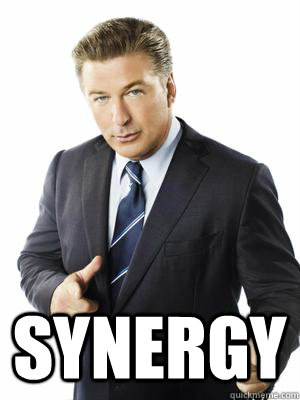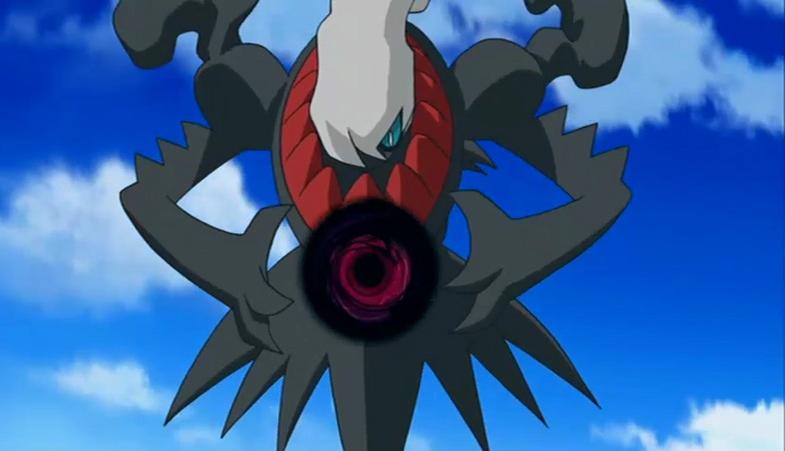Background
To celebrate the release of the Heartgold and Soulsilver video games on the Nintendo DS, the Pokemon TCG entered into a new era of its own with the launch of the Heartgold & Soulsilver ("HGSS") expansion. In Japan, the set was released as two separate booster subsets, "HeartGold Collection" and "Soulsilver Collection" on October 9, 2009. The English version of the expansion was released as a single booster set on February 10, 2010. With the new expansion, the TCG parted ways with LV. Xs from the Diamond & Pearl and Platinum eras, introduced new Pokemon Prime and Legend cards, and gave the expansion a formatting overhaul in both the English and Japanese versions of the TCG.
The English version of HGSS featured one of the most iconic Pokemon from the video games as the last official card in the set list: the shiny red Gyarados.
 |
 |
 |
| The Japanese Random Basic Pack. Learn more at http://bulbapedia.bulbagarden.net/wiki/Random_Basic_Pack_(TCG) |
In both the English and Japanese releases, the shiny red Gyarados features the card formatting introduced in HGSS. I thought that was the end of the story, but I recently learned (after a bit of fishing... get it?!) that there was another version of this card that was released using the old format from the Diamond & Pearl/Platinum era. Without further ado, I present the Korean version of the shiny red Gyarados:
 |
| Presented with the English version for ease of comparison |
So why is the Korean version of the card so different? At the time HGSS was being released to the rest of the world, the Pokemon TCG was dead in South Korea. The game had been put on legal hiatus after the release of ex Power Keepers and while HGSS was releasing in English, the relaunch of the South Korean TCG was still several months away. When the game finally returned to South Korean shelves, it was decided that South Korean players, who had missed the entire Diamond and Pearl and Platinum eras, should be brought up to speed with cards from those previous sets. On May 13, 2010, "Start of an Adventure", the first expansion in the Korean relaunch was released. It was the first of 10 Korean exclusive special sets that contained a mix of cards from the Diamond and Pearl and Platinum eras of the TCG. Coverage of those sets is a topic for its own Regional Differences article; the point here is that while Japan and the United States were entering into the HGSS era, South Korea was entering its unique version of the Diamond & Pearl/Platinum era.
According to Bulbapedia, the Korean version of shiny red Gyarados was released as a promo card in "Random Pack 1," a Korean product that I assume was similar to the "Random Basic Pack" in Japan, but I have found no information online to confirm my hunch or otherwise shed light on the product. Nevertheless, it appears that Pokemon Korea, Inc., the company that oversaw the Korean relaunch with help from PCI, decided it would be better to keep the formatting of the card consistent with the other cards being released in South Korea at that time.
Because of this decision, South Korea's shiny red Gyarados is noticeably different from the versions of the card released in other languages. And that's pretty cool.
Thanks for reading and as always, let me know if you have any comments, questions or suggested revisions.








